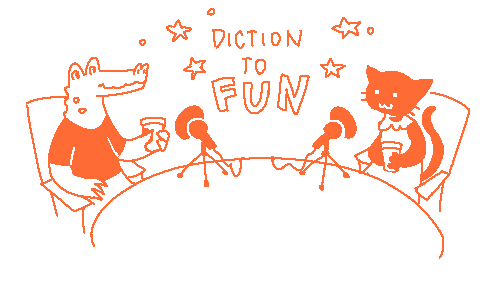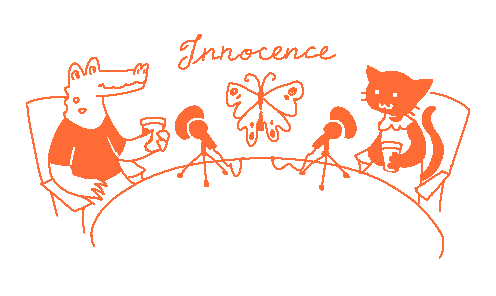
The Golden Age of Children’s Literature
The "Golden Age of Children's Literature" is a term used to describe a time of incredible progress in children's books, stretching from the mid-19th century to the early 20th century. This period is often marked by two iconic works: Alice’s Adventures in Wonderland (1865) and Winnie-the-Pooh (1926), which serve as the bookends of this literary golden era. During this time, children's literature shifted away from strict moral lessons and teaching to focus more on imagination, joy, and the unique world of childhood. This change was driven by Romantic ideals, a growing Victorian emphasis on innocence, and a new understanding of childhood as a distinct phase of life, separate from adulthood.
Let’s dive into the history of how this transformation unfolded.

The Romantic movement, which took off in the late 18th century, really changed how people thought about childhood. Poets like William Wordsworth and William Blake started to emphasize the purity, innocence, and natural wisdom of children. This was a big shift from earlier ideas, where kids were often seen as miniature adults or even as needing strict moral guidance. We can easily juxtapose The Romantics' ideals with the ideals of the Enlightenment era, in which reason and logic was the way forward.
For the Romantics, kids had a unique connection to the natural world, which made them more innocent and in tune with a harmonious way of living. They weren’t just young adults; they carried a wisdom that grown-ups had lost. William Blake’s Songs of Innocence (1789) is a great example of this idea, where children are portrayed as angelic and joyful, almost divine. This Romantic view of childhood as something precious and pure laid the foundation for the explosion of children’s literature that came afterward.
Croc and Cat's Deep Dive into the Shift from Diction to Fun

The Romantics also brought in the idea of memory optimism, which is really just a fancy way of describing what we now call nostalgia, particularly a longing for childhood. It’s the tendency to look back at childhood as this perfect, magical time, free from the pressures and stresses of adult life. During a period of rapid industrialization and social change, this kind of nostalgia was a way for people to escape from the anxiety of modern life. Childhood came to symbolize a time of play, imagination, and freedom—something untouched by the complexities of adulthood. Memory optimism made childhood feel sacred, with adults often longing to go back to that innocent, carefree time. It created this cultural narrative where people believed their younger selves had it all figured out, and that growing up meant losing something precious.
 You can really see this idea come through in works like Alice’s Adventures in Wonderland by Lewis Carroll and Peter Pan by J.M. Barrie. Both stories take readers into a world of whimsical adventures, where childhood is all about creativity and endless possibilities. These stories offer an escape from adult worries, allowing readers to retreat back into that pure, imaginative space, reflecting a deep wish to recapture the freedom and innocence of childhood. So, when adulthood feels a bit too heavy, it might be time to channel your inner Peter Pan — who says growing up is really all that great anyway?
You can really see this idea come through in works like Alice’s Adventures in Wonderland by Lewis Carroll and Peter Pan by J.M. Barrie. Both stories take readers into a world of whimsical adventures, where childhood is all about creativity and endless possibilities. These stories offer an escape from adult worries, allowing readers to retreat back into that pure, imaginative space, reflecting a deep wish to recapture the freedom and innocence of childhood. So, when adulthood feels a bit too heavy, it might be time to channel your inner Peter Pan — who says growing up is really all that great anyway?
Croc and Cat's Deep Dive into Innocence

But of course, new ideals of innocence didn't immediately change the reality for Victorian post-Victorian era children. For poor children, especially in cities, life was often brutally hard. Child labor was common, with kids as young as five or six working long hours in factories, mines, and farms, often in dangerous conditions for very little pay. Education wasn’t an option for most, as families needed every bit of income just to survive. As a result, these children’s “childhood” ended almost as soon as it began.
In wealthier families, childhood looked entirely different. Affluent kids, especially in Europe and the U.S., had nurseries, nannies, and private tutors. Many went to elite schools, learned music and languages, and had plenty of time to play and explore. Their lives resembled the idealized childhoods found in books of the time—full of adventure, imagination, and discovery.
This contrast was big. While authors like Lewis Carroll were creating magical worlds for young readers, many children didn’t have time to read, let alone play. Still, these stories offered a glimpse of a better childhood, sparking movements for labor laws, child welfare protections, and compulsory education. The stories created during this time became a vision of what childhood could be, bringing childhood closer to that “Golden Age” ideal for more kids.

...TLDR?
The Golden Age of children’s literature was such a fascinating time—it was about so much more than just storytelling. This period was hugely influenced by Romantic ideals, where childhood was seen as a special, almost magical phase of life. People started thinking of children as innocent and imaginative, deserving of a world all their own.
And that shift really showed up in the books being written. Instead of moral lessons and strict “do’s and don’ts,” stories became about adventure, wonder, and fun. For the first time, authors were writing just to delight kids, to give them a sense of escape and possibility.
But this wasn’t just about making children happy. At the same time, society was starting to pay more attention to the tough lives of poor working kids. These new, joyful stories offered a kind of idealized vision of childhood, which actually helped fuel reforms—labor laws, child protection, access to education. So in a way, these books weren’t just entertainment; they were part of a broader movement that was trying to change what childhood looked like for everyone. And that’s why this period is still so important in the history of children’s literature—it really shaped how we think about childhood today.